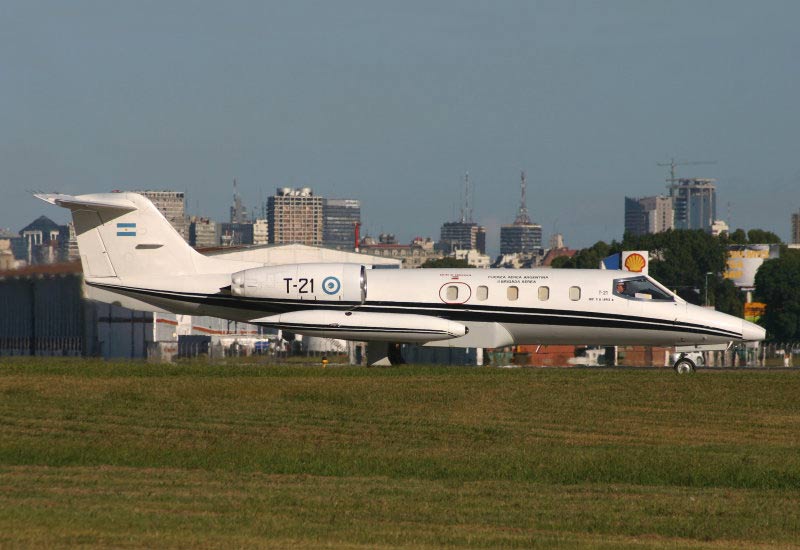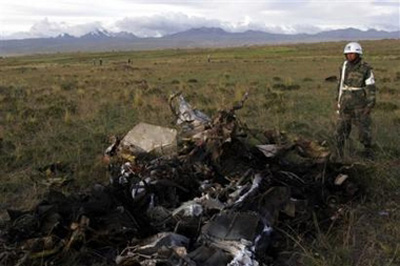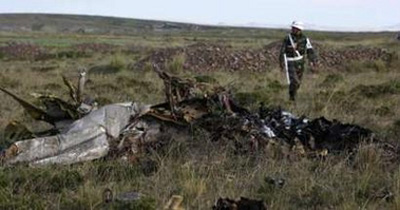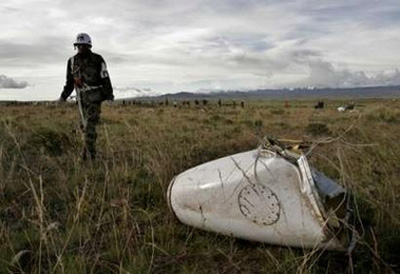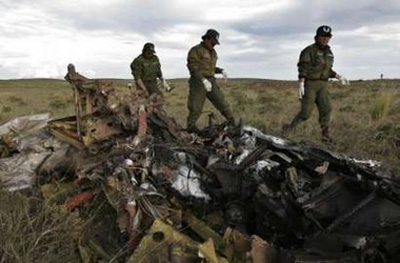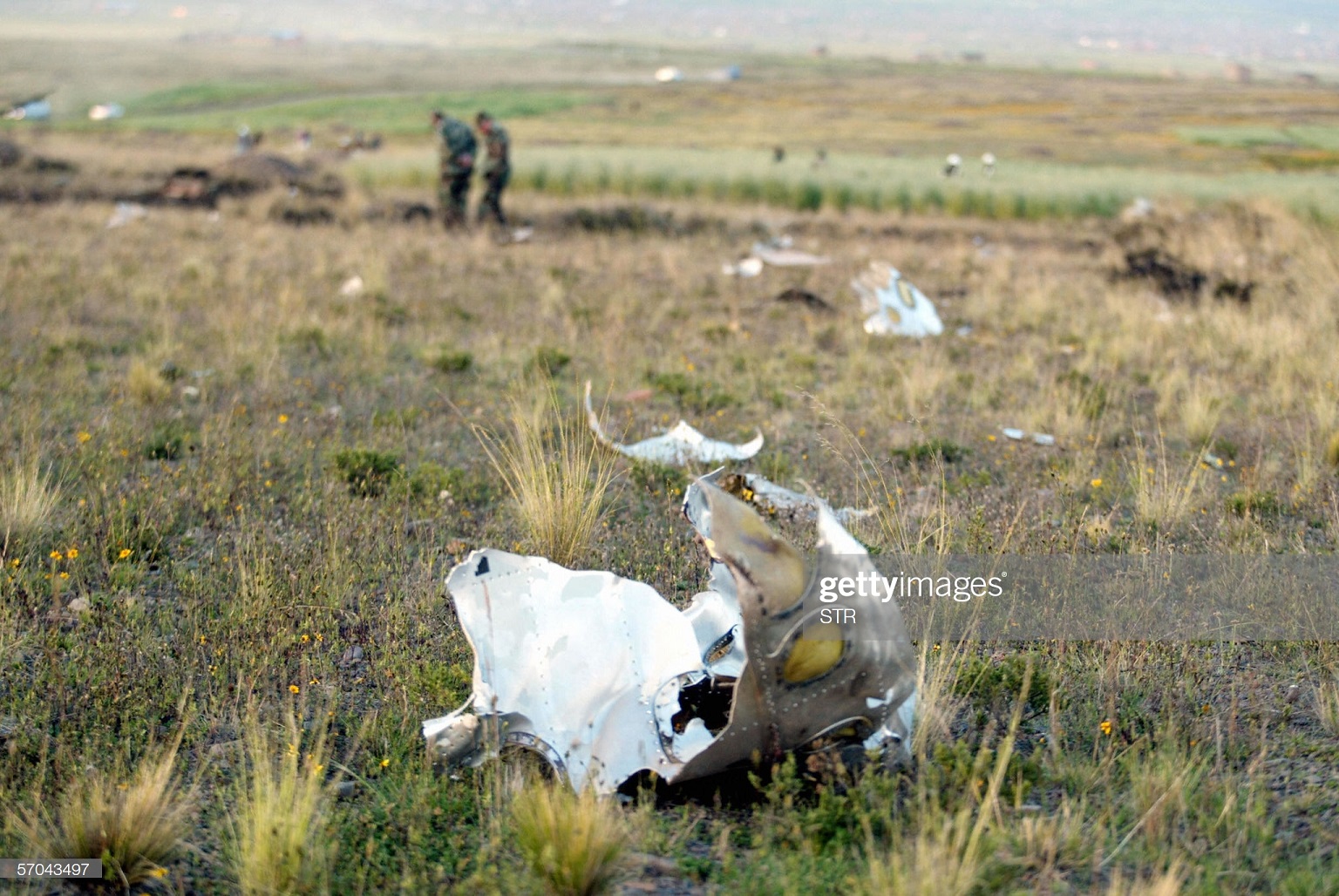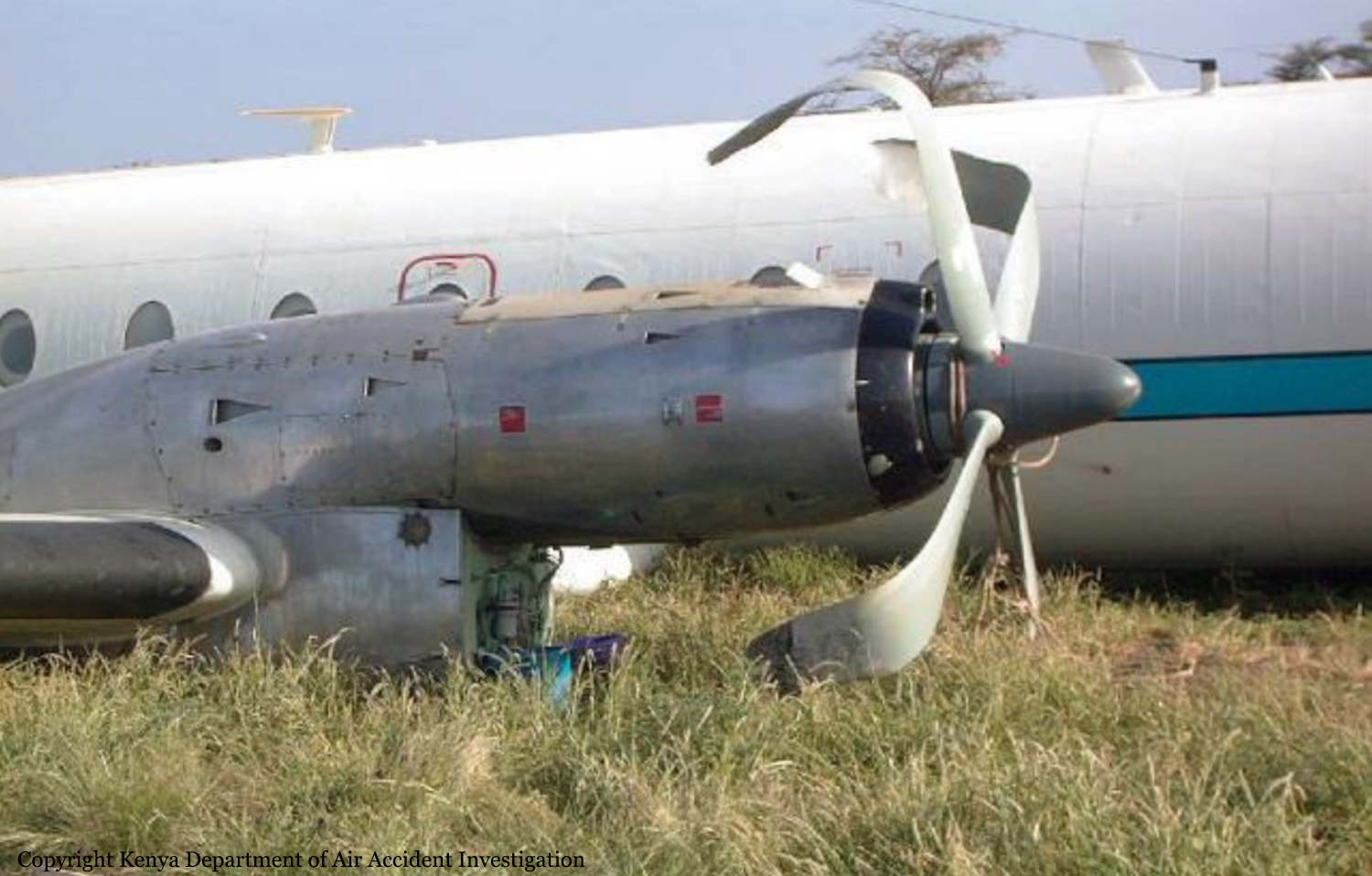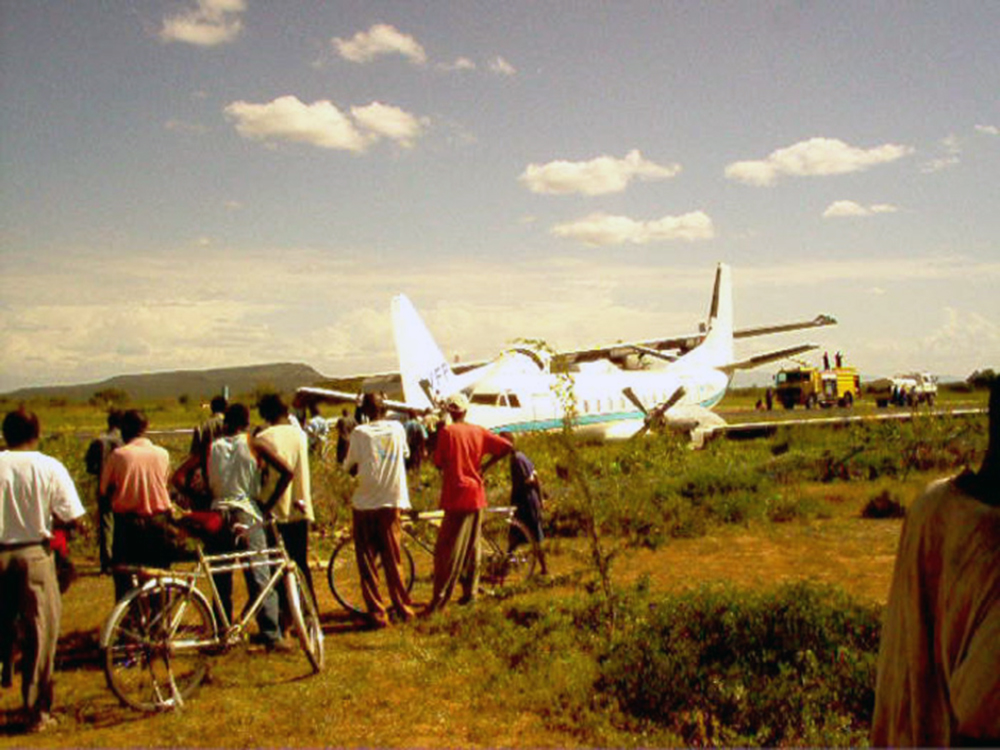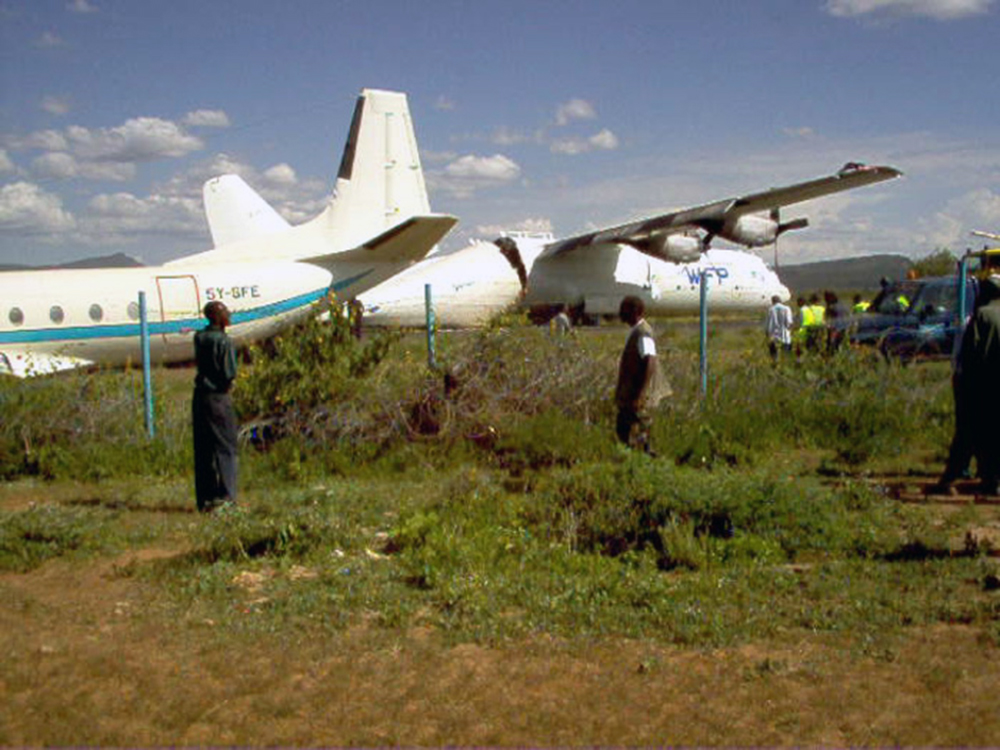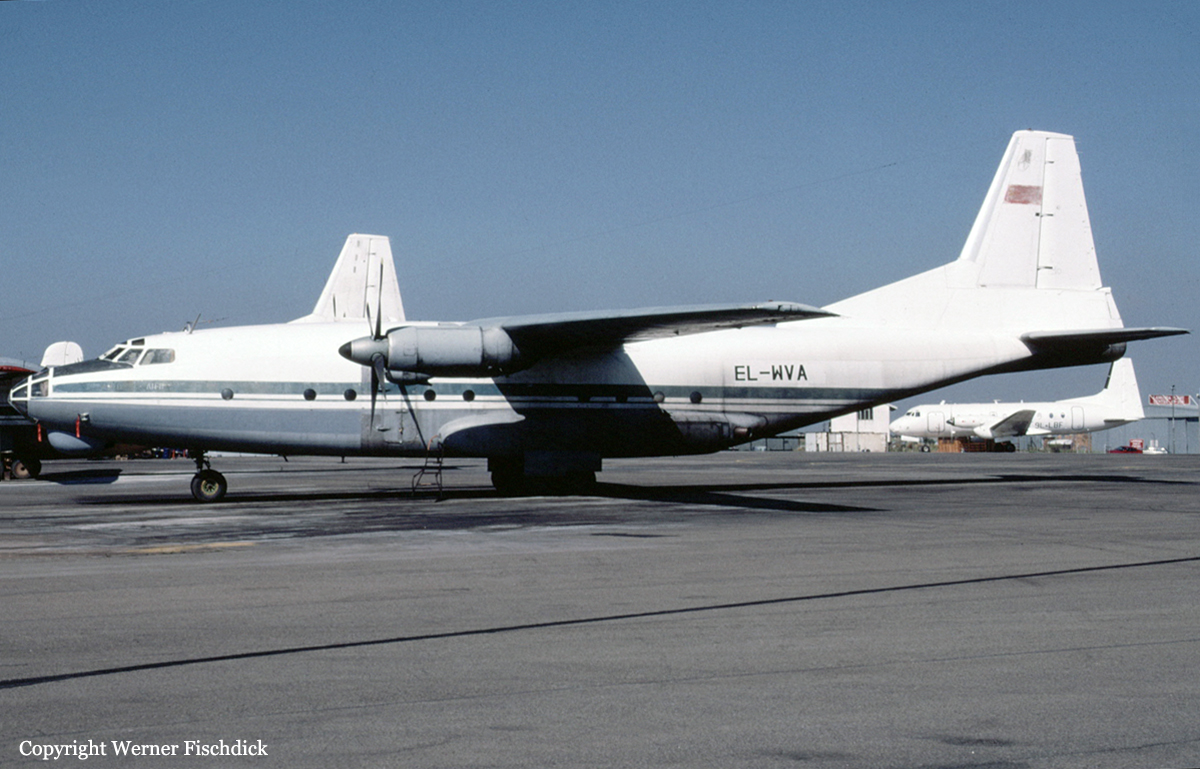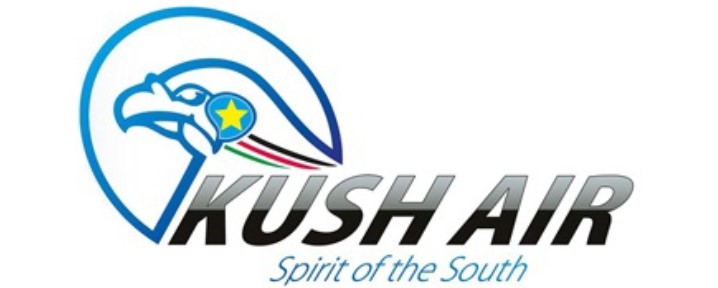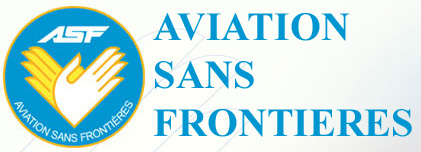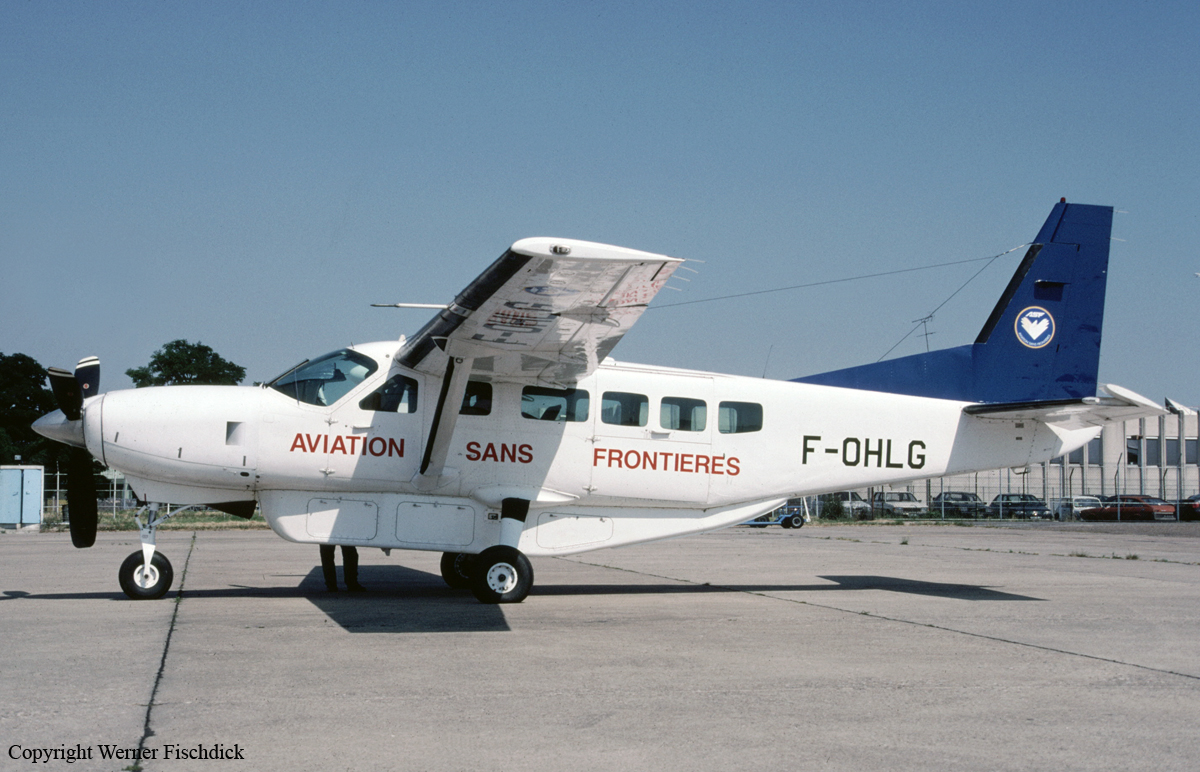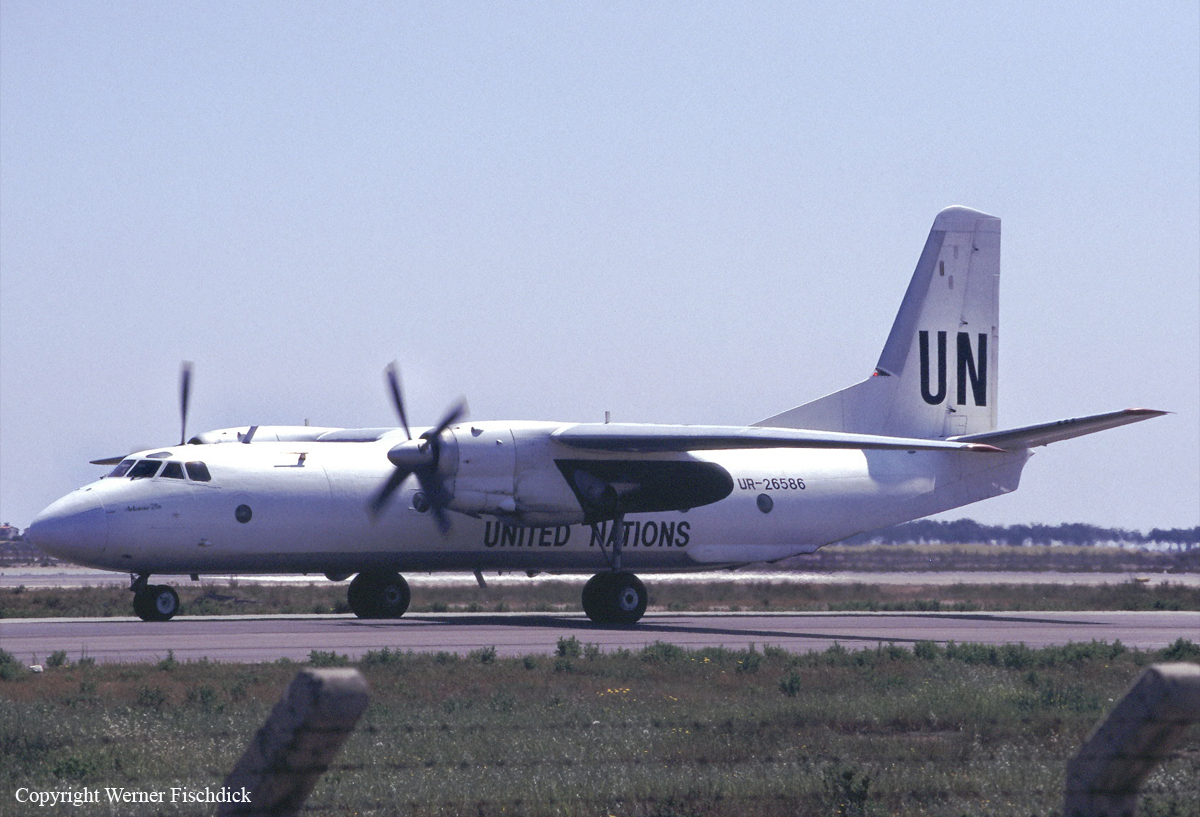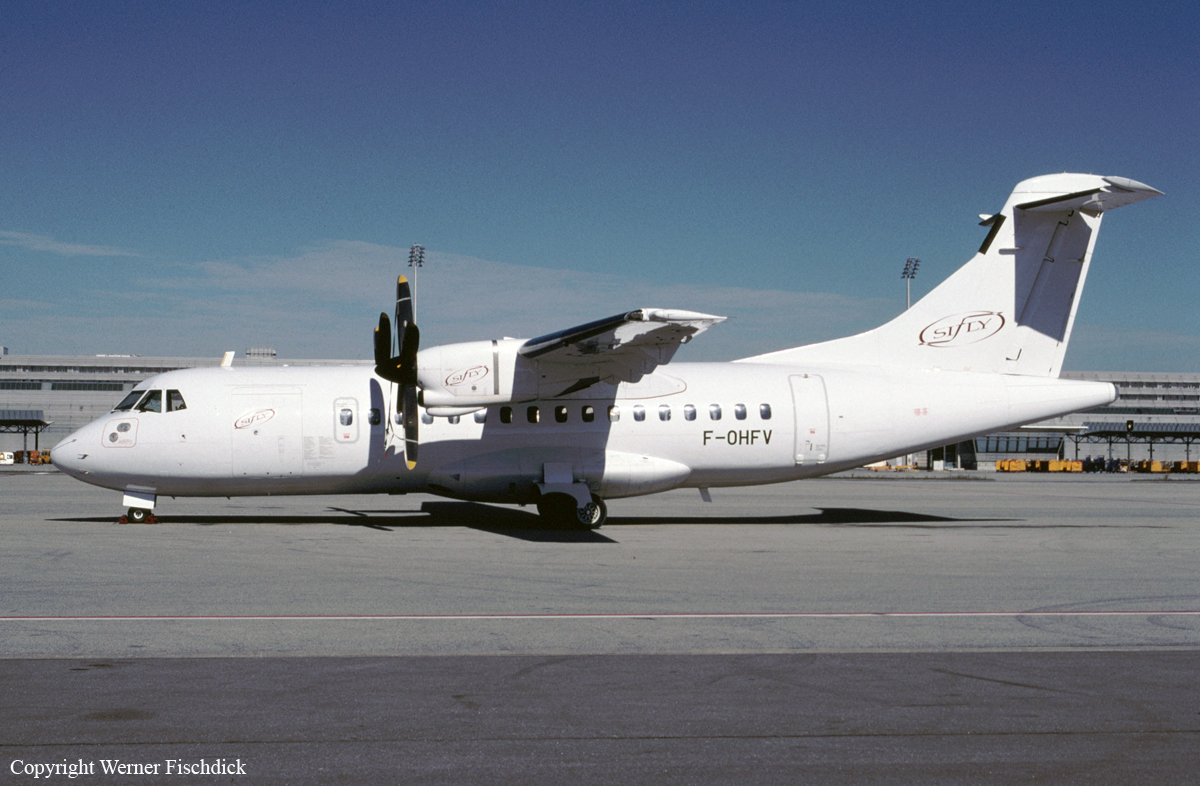Crash of a Learjet 35A near La Paz: 6 killed
Date & Time:
Mar 9, 2006 at 1630 LT
Registration:
T-21
Survivors:
No
Schedule:
La Paz – Santa Cruz – Paraná
MSN:
35-115
YOM:
1977
Crew on board:
2
Crew fatalities:
Pax on board:
4
Pax fatalities:
Other fatalities:
Total fatalities:
6
Circumstances:
The aircraft was flying back to Paraná (Argentina) with an intermediate stop at Santa Cruz with 3 military personnel and 3 technicians and board. They came in La Paz to deliver humanitarian aids after important flood in Bolivia. Shortly after takeoff, while in initial climb, the aircraft entered an uncontrolled descent and crashed in an open field located 20 km from La Paz-El Alto Airport. All six occupants were killed.
Probable cause:
It appears that the technicians proceeded with small maintenance on the aircraft prior to departure and that a mechanical failure may occurred after rotation.
